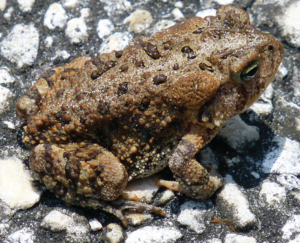- Sago palm. All parts of this plant are toxic, and even one or two seeds can be deadly. Three organ systems can be impacted: the gastrointestinal tract, the liver, and the central nervous system. All exposures are potentially life-threatening. Pets who survive exposure may end up with chronic liver failure. Sago palms are used in landscaping in tropical areas, such as Florida, but are also sold as houseplants. While dogs are more likely to chew on plants, cats can also grab leaves or dig in potted plants and be exposed.
- Ethylene glycol. This compound is commonly found in antifreeze. If you suspect that your cat has been exposed (usually by ingesting antifreeze, which appears to have an attractive taste to cats), seek immediate veterinary attention and have either a picture of the antifreeze container or the container itself with you so that the exact type of antifreeze and its ingredients can be evaluated. Symptoms of poisoning include lethargy, gastrointestinal signs (i.e., vomiting), central nervous system problems (i.e. incoordination, seizures, coma), and potentially fatal kidney failure (evidenced by increased or decreased to no urine production and dehydration). Cats are extremely sensitive and should ideally be treated aggressively within eight hours of exposure for best outcome.
- 5-fluoruracil, or 5-FU. This chemotherapeutic medication can be dispensed to human cancer patients in topical (for skin conditions) or systemic (oral or injection) forms. As is typical of many chemotherapeutic agents, it acts by disrupting cell division. Intestinal crypt cells and stem cells in the bone marrow are sensitive. Signs of intoxication include vomiting, diarrhea, incoordination, tremors, and seizures. Unfortunately, cats with severe signs of intoxication carry a poor prognosis.
- Minoxidil. Primarily used as a topical medication to stimulate hair growth in people (i.e., in the product Rogaine), this is a cardiotoxic drug that cats are extremely sensitive to. Signs of intoxication include increased respiratory rate and effort, lethargy, and collapse. Immediate veterinary attention must be sought out if a cat is believed to have been exposed.

LindaTancs | iStock Photo - Cane Toad. Contact with a cane toad and absorption of its toxins (which are found primarily on its back) can cause increased salivation, followed by disorientation, incoordination, vomiting, diarrhea, seizures, and increased respiratory rate. Immediate veterinary attention should be sought out if exposure is suspected, and washing an affected cat’s mouth out with water (with its head held downward to prevent inhalation of water) immediately after exposure can improve its outcome. Cane toads are found primarily in the southern United States.




